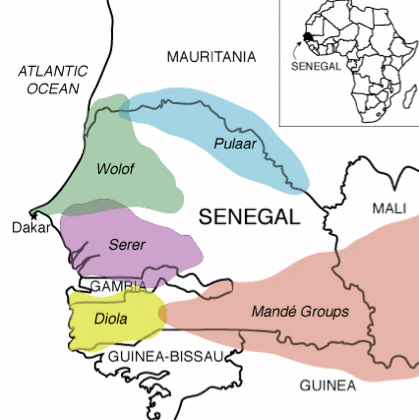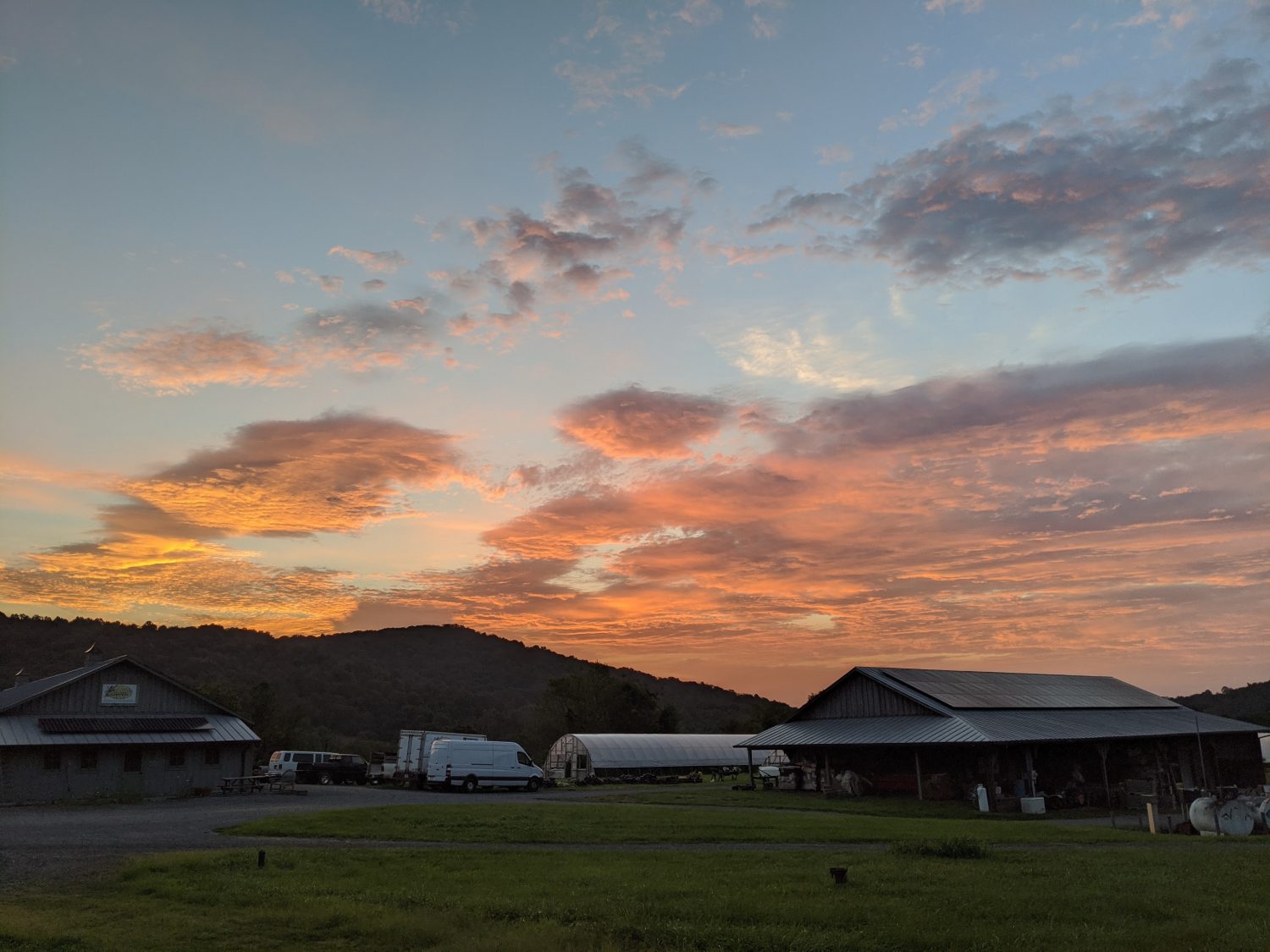Asalam aleikum! Nanga def? Yangi ci jamm? Naka suba si? Naka sa waa ker?
God be with you! How is it going? Are you in peace? How is the morning? How is your family?
These are just a few of the greetings that I as a Wolof speaker recite during a day. This often results in surprised looks and exclaims of “Deg nga Wolof?” You understand/speak Wolof? Really? Because usually white people in Senegal only speak French or English so to come across me speaking Wolof is quite a surprise!
Wolof is the majority language spoken here in Senegal as well as being the majority ethnic group. Most everywhere you go in Senegal you can find Wolof speakers, which is convenient for me! Even if people aren’t ethnically Wolof they probably speak the language. So many Senegalese are multilingual! Wolof is far from the only language spoken in Senegal. There is also Pulaar (3 kinds), Mandinka, Jaxanke, Bambara, Sereer, and several others that Peace Corps doesn’t teach to volunteers. This mix of languages and people make this country a beautifully diverse place.

For this post I thought I would give ya’ll a (little) introduction to the languages and cultures of Senegal. Granted this is from my limited perspective and knowledge having only been in country for a little over 5 months. I will try my best!
- Wolof
Nanga def? How is it going?
Mangi fi. I am here.
This is language I speak and the majority in Senegal. While Wolof is an ethnic group as well, many more non-Wolofs speak the language because of its dominance in the country. While it is spoken everywhere in Senegal, the minute you leave the country Wolof won’t get you far. Unlike some of the other languages spoken here Wolof has no presence in the rest of West Africa. People who speak the other languages tell me that Wolof sounds harsh and clipped, but I think it sounds just fine! But I may be biased. I’ve also been told that ethnic Wolofs tend to be more loud and intense as a people, but that is just an observation from Peace Corps volunteers. Funny enough I have actually never lived with a Wolof family, both my CBT and current host families are part of different ethnic groups but speak Wolof as well. An interesting linguistic note about Wolof – verbs aren’t conjugated like they are in language such as Italian, French, and Spanish for example. Instead there are host of pronouns you add to the verb for different tenses and sentence structures.
- Pulaar
Wa ley jam? Did you spend the night in peace?
Jamtan! Peace only!
Pulaar is probably the 2nd most spoken language in Senegal. There are actually three different Pulaars, each found in different parts of the country. Pulaar de Nord is found in the North, Pulafuuta is in Kedougou in the South, and Fulakunda is in Kolda in the South. Pulaar is a beautiful language to listen to, very singsongy and fluid-sounding. It is also a difficult language to learn, or so I’ve heard. As a contrast to Wolofs, Pulaars are generally considered to be a more calm and quiet as a group of people. The Pulaar are traditionally nomadic herders and some continue to do this work today. Sometimes driving through the countryside I will see a massive group of cattle, goats, sheep, or some combination of the three being herded by a Pulaar man or two.

- Jaxanke, Mandinka, Bambara
Iiy bey di? How are you?
Hera! Peace!
These three minority languages are all part of the Mande language group. Many fewer people know and speak these languages throughout Senegal. It is hard to find Mande speakers in big cities and towns, with the exception of Tambacounda. Since Tamba is such a hub for travel in and out of the country, the population is greatly mixed when it comes to ethnicity and language and most people here speak at 3 languages, if not more. That is why Mande-speaking volunteers tend to be placed in small villages where everyone is from the same ethnic group and speaks the same language. The Mandinka people live mainly in The Gambia and Guinea in addition to several other West African countries. Bambara is spoken in Mali, Guinea, and Burkina Faso and the ethnic group has a long, long history, tracing back to the 13th century as the founders of the Mali Empire. Senegal has a great joking culture, especially when it comes to ethnic groups, languages and family names; the Bambara are good-naturedly teased about how much they love to eat. I think I should be a Bambara instead!
- Sereer
Nam fi’o? How are you doing?
Mexe men. I am here
And last but not least there is Sereer. In our stage of 70 some people, only two volunteers speak Sereer. Apart from small Sereer towns and villages it is hard to find someone who speaks the language. Many Sereers are Christian and therefore fall into two minority groups in Senegal. When it comes to the joking and teasing, the Pulaar and Sereer ethnic groups are mock enemies of sorts. According to my Sereer volunteer friend they accuse Pulaars of liking to eat too much and of stealing. Both sides also call themselves the kings of the other group – these “insults” are generally reciprocal. This is all done in good humor of course!
I hope this gives you all an idea of the wonderful linguistic diversity here in Senegal. I wish I could learn them all, but for now I guess I just have to focus on Wolof!
Thanks for reading,
~Sophia
Photo links:
